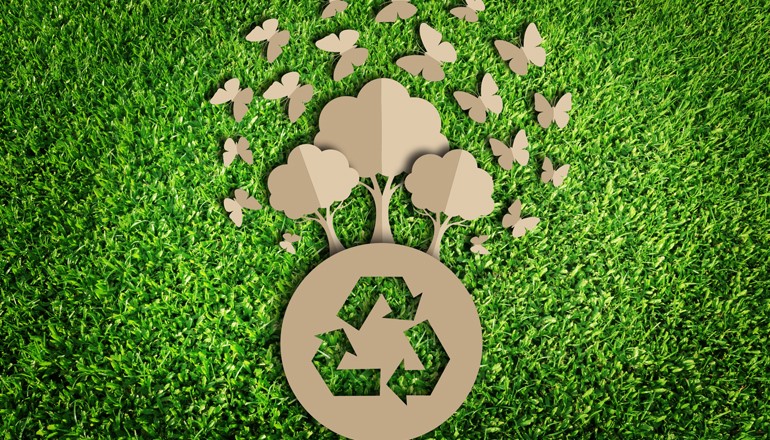In recent years, there has been a growing trend towards using biodegradable packaging as a more sustainable alternative to traditional packaging materials. While the intentions behind this shift are noble, it is crucial to delve deeper into the topic and understand the potential drawbacks and negative impacts associated with biodegradable packaging. In this blog post, we will explore why biodegradable packaging, despite its eco-friendly image, may not be as beneficial as it seems.
- Misconceptions about Biodegradability:
One of the main reasons why biodegradable packaging is perceived as a positive choice is the belief that it will naturally break down and disappear without harming the environment. However, this assumption overlooks the conditions required for proper biodegradation. In reality, many biodegradable materials require specific environments, such as industrial composting facilities, to decompose effectively. When these materials end up in landfills or oceans, they may not degrade as intended, leading to long-term environmental consequences. - Limited Recycling Infrastructure:
Another significant issue with biodegradable packaging is the lack of proper recycling infrastructure. Unlike traditional materials like plastic or glass, which have well-established recycling systems, biodegradable packaging often faces challenges in terms of collection, sorting, and processing. This limitation results in a significant portion of biodegradable packaging ending up in landfills, where it may release harmful greenhouse gases during decomposition. - Resource Intensive Production:
Contrary to popular belief, the production of biodegradable packaging is not always environmentally friendly. The manufacturing process often requires substantial amounts of energy, water, and raw materials. Additionally, the cultivation of crops used for biodegradable packaging, such as corn or sugarcane, can contribute to deforestation and the use of pesticides and fertilizers, further exacerbating environmental issues. - Potential Contamination:
Biodegradable packaging materials, especially those made from plant-based sources, can pose a risk of contamination. If not properly separated from conventional recycling streams, these materials can contaminate the recycling process, making it more challenging to recycle other materials effectively. This contamination can lead to increased waste and undermine the overall sustainability goals. - Consumer Behavior and Greenwashing:
The rise of biodegradable packaging has also given rise to greenwashing, a marketing tactic that misleads consumers into believing a product is more environmentally friendly than it actually is. Some companies may use biodegradable packaging as a way to appear eco-conscious while neglecting other essential sustainability practices. This can create a false sense of environmental responsibility among consumers and divert attention from more pressing issues, such as reducing overall packaging waste.
Conclusion:
While the concept of biodegradable packaging holds promise for a more sustainable future, it is crucial to approach it with caution and awareness of its limitations. The current challenges surrounding biodegradable packaging, including misconceptions, limited recycling infrastructure, resource-intensive production, potential contamination, and greenwashing, highlight the need for a comprehensive and holistic approach to sustainable packaging solutions. As consumers and businesses, we must strive for a balance between environmental responsibility and informed decision-making to ensure a truly sustainable future.

More Stories
Industrial Clear Tape: The Ultimate Guide for High-Performance Packaging Solutions
Automotive Rubber Hose: Essential Performance Factors and Maintenance Best Practices
PE, CPP, or Laminated Film? Material Differences That Matter for Baking Pan Bags